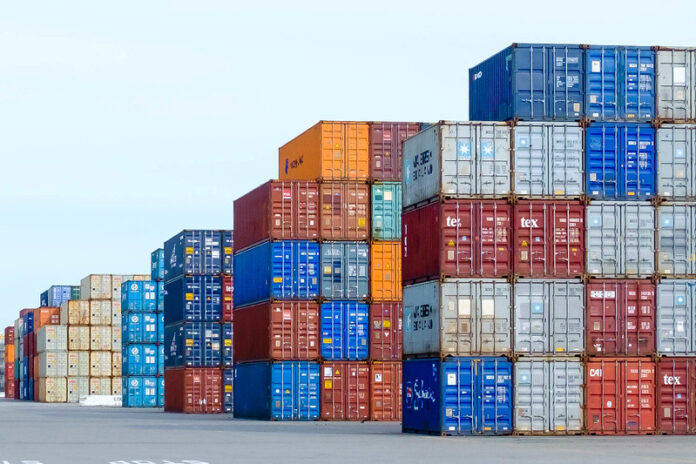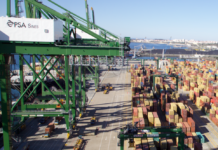
The Port of Oakland handled 178,942 TEUs in September 2025, down 6.6% from last year and 7% below August volumes. Officials said the decline reflects tariff-related market shifts rather than normal seasonal trends.
Full imports totaled 75,716 TEUs, a 7.9% drop year-on-year, while full exports reached 60,123 TEUs, down 2.2%. Despite the dip, trade flows remained stable thanks to consistent vessel calls and efficient terminal operations.
From January to September, Oakland terminals processed 1.72 million TEUs — up 0.7% from the same period in 2024. Imports rose 1.6% and exports grew 0.5%, showing steady performance despite global trade volatility.
The port recorded 82 vessel calls in September compared with 90 last year, but average ship size and utilization increased to 2,193 TEUs per call, up 1.8%. Larger ships continue to boost operational efficiency.
“While trade patterns are shifting due to tariff uncertainty, Oakland remains stable and resilient,” said Bryan Brandes, Port Maritime Director. “Larger ships and consistent growth show the confidence carriers and cargo owners have in Oakland’s role as a key U.S. gateway.”
Port officials said some importers advanced shipments earlier in the year to avoid tariff risks, softening typical fall activity. Agricultural and refrigerated exports also faced weaker demand and cost pressures.
“The Port of Oakland is investing in infrastructure and sustainability for long-term competitiveness,” said Executive Director Kristi McKenney. “Even as markets fluctuate, we continue to support regional jobs and strengthen our role in global trade.”





